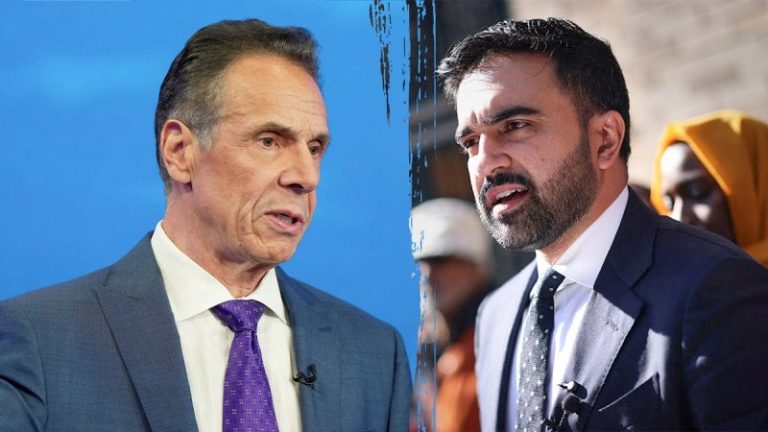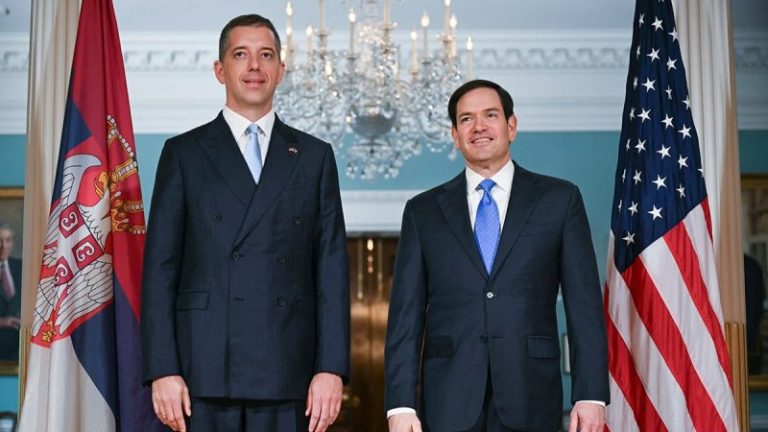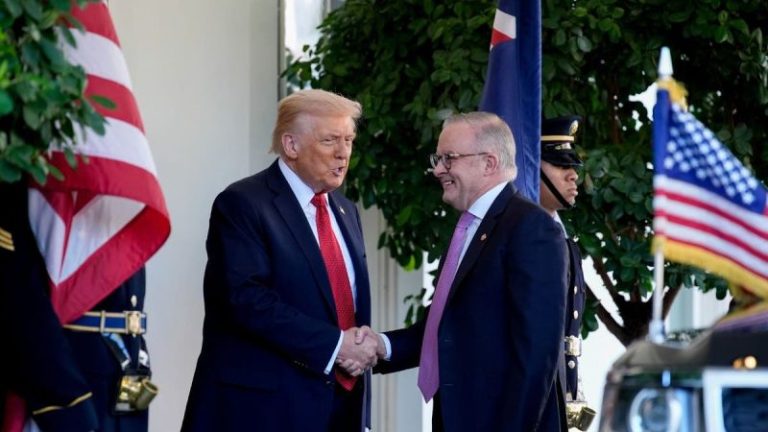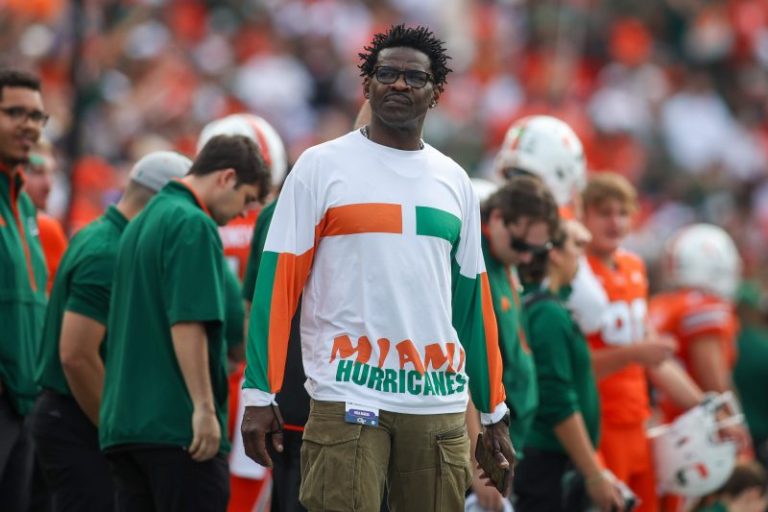TORONTO — The Toronto Blue Jays hated the narrative.
The Los Angeles Dodgers were the ones with three Hall of Famers in their lineup.
The Blue Jays were that cute lovable team north of the border.
The powerful Dodgers were the ones who were supposed to ruin baseball.
“Everyone was comparing us to David vs. Goliath,’ Blue Jays outfielder Nathan Lukes said. “To us, it was like Goliath and Goliath. We’re the last two teams standing, and there’s a reason for that.
“They have the Hall of Famers. We’re just that pesky, annoying team. We’re that pain in the ass.’
Oh, are they ever.
The Blue Jays ambushed the Dodgers, 11-4, Friday night in Game 1 of the World Series, giving the Dodgers their biggest defeat of this postseason.
The Blue Jays scored nine runs in the sixth inning, the third-most in World Series history.
They produced the first pinch-hit grand slam in World Series history.
And Dodgers ace Blake Snell, who had given up only six hits and two runs all postseason, gave up eight hits and five runs in just five innings.
The Blue Jays produced 14 hits, the fourth-most in Game 1 of the World Series in history.
The Dodgers didn’t know what hit them.
They walked off the field serenaded with the sold-out crowd of 44,353 at Rogers Centre mocking Shohei Ohtani:
‘WE DON’T NEED YOU!’
“That was,’ said Bo Bichette, the Blue Jays shortstop who was making his major league debut at second base, “pretty funny. All in good fun, right?’
Hey, when you’re supposed to be swept in the World Series – or perhaps win one game if you’re fortunate – why not have a little fun along the way?
“It hasn’t hit us yet,’ Blue Jays left fielder Davis Schneider said, who watched Addison Barger pinch-hit for him and deliver the grand slam. “Right now, it just felt like another game. That’s the way we do things here.
“Hey, if we can win three more games and pull this off, we might feel a whole lot different.’
The Blue Jays’ offense pride themselves on being a pesky bunch, striking out the second-fewest times of any team in baseball this season, and the Dodgers discovered firsthand how they can be a living, breathing nightmare.
The Blue Jays didn’t score off Snell in the first inning, but they made him work for 29 pitches. Snell, who had averaged seven innings a start in his three postseason appearances, was knocked out after only five innings in his shortest stint since Sept. 4. And after striking out 27 batters this postseason, he struck out only four in Game 1.
“I think the compete level, never giving in, competing with two strikes is huge,’ said Bichette, who played in his first game since Sept. 6. ‘We have a ton of talent, a lot of guys that have done some really cool things in this game … but just the ability to compete, never give in, I think that does wonders for any team.’’
The Blue Jays were down early, 2-0, by the third inning and the Dodgers had rookie Trey Yesavage on the ropes. It looked like the Milwaukee Brewers were wearing the Blue Jays’ uniforms.
But then came the two-run homer by Daulton Varsho, the son of former major league outfielder Gary Varsho, tying the game in the fourth inning.
And then along came that glorious sixth inning when the first six Blue Jays batters reached base, and by the time the inning was over, they had bludgeoned three Dodger pitchers for nine runs, six hits and nine base runners.
“That’s,’ Blue Jays manager John Schneider said, “just how we roll.’
Indeed, no lead is safe, not with the comeback Jays.
“I think the big thing was being down two to nothing,’ Blue Jays infielder Isiah Kiner-Falefa said, “and we acted just like we had all year. There was no panic. There literally was no panic at all. It was almost just like another game. We answered back.
“And just kept rolling and rolling and rolling until the big hit came. Really, it was just kind of how we’ve done it all year. It was almost like it was no big deal.’
Simply, it was the Blue Jays’ 52nd comeback victory of the season, 49 in the regular season, the most in the major leagues.
Ho-hum. Just another one.
“We knew it was going to happen at some point,’ Kiner-Falefa said, “we just didn’t know when. That’s the special thing about this team is you never know who it’s going to be that night. We always joke about it when we show up to the field, like, ‘Who is it going to be?’ We don’t care, but we know somebody is going to step up.
“Barger was the one who stepped up with the big spot, but everybody did their job to get on base and pass the baton until that happened.’’
Yes, and as the Dodgers noticed, not a single Blue Jays hitter struck out in that historic sixth inning. In fact, not a single Blue Jay struck out after No. 9 hitter Andres Gimenez’s second strikeout of the night in the fourth inning.
“Everyone in here hates striking out,’ Lukes said, “whether we’re in an oh-and-two count or whatever count. This is what makes this team so special.’
It was just last winter that the Blue Jays acquired Cleveland Guardians outfielder Myles Straw and his bloated contract to gain extra international money. The hope was to use the extra money to sign pitcher Rōki Sasaki, only to lose out to the Dodgers again, just like they did on Ohtani and Yoshinobu Yamamoto.
But here was Straw standing in front of his locker talking about the virtues of the Blue Jays offense, and a prime example of the Blue Jays emphasizing defense and making contact at the plate.
“We still have our power guys in there and a pretty good bit of juice in the lineup,’ Straw said, “but as a whole, we put the ball in play. That seems to work these days in baseball. You put the ball in play, and good things can happen.
“It’s been working for us all year.’
And yes, even with Ohtani on the other side, finishing runner-up in the $700 million sweepstakes two years ago, the Blue Jays are proving they can still win without the big fella.
“We have the guys we have, and the guys we have do a hell of a job,’ Blue Jays infielder Ernie Clement said. “So I don’t think we need any more or any less of what we have right now. We’re just going to keep being aggressive, keep swinging at strikes, and keep getting our bases.
“This is our identity, and with our multidimensional offense, we can beat you in different ways.’
They don’t play in the shadows of Hollywood. They don’t have celebrities sitting behind home plate. And they haven’t had a World Series championship in 32 years.
But, hey, they can play the game. If you don’t believe them, just watch.
“We know what they have, we know how good they are,’ Clement said. “They’ve been here before, so it’s a great challenge. But you know, we’re a great baseball team, too.
“I think people are about to find that out.’
Follow Nightengale on X: @Bnightengale










